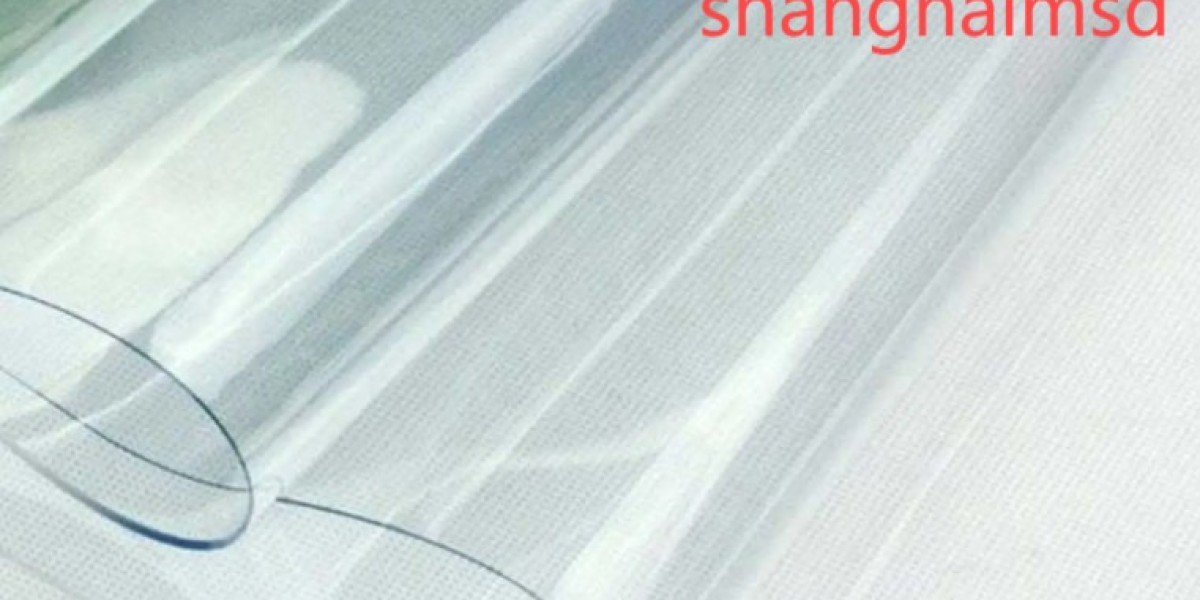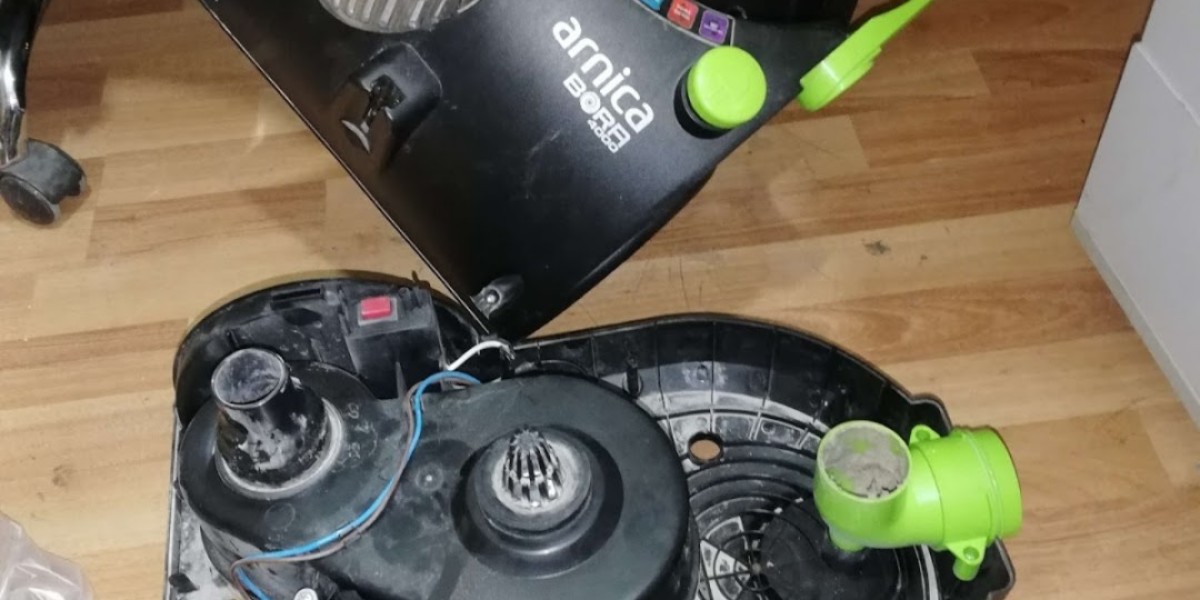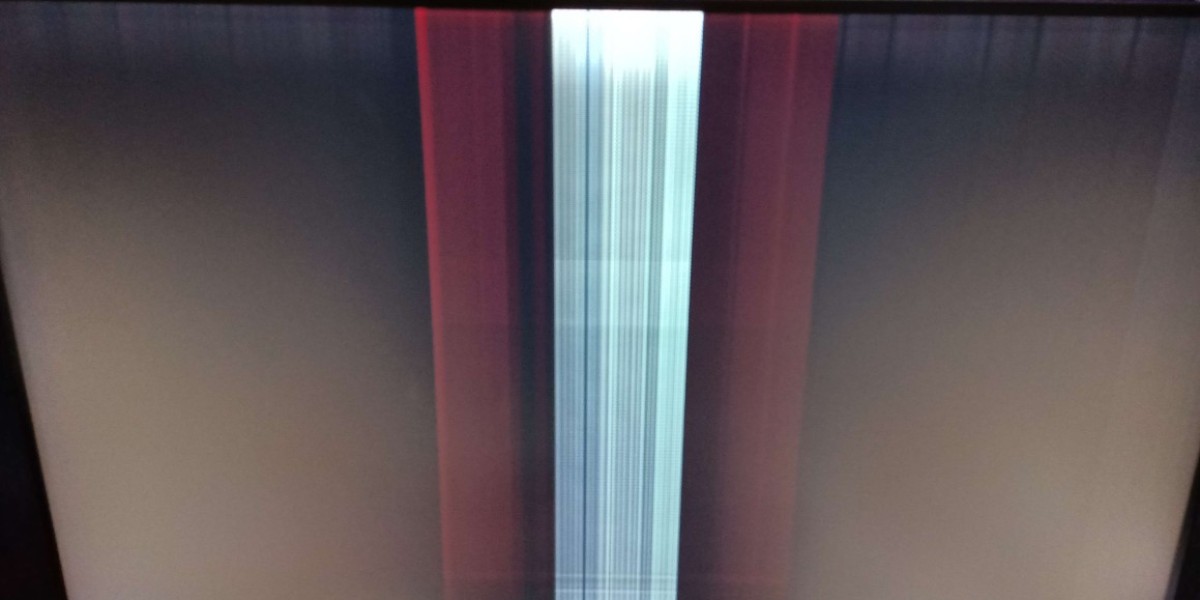When choosing materials for interior and exterior projects, one name that is gaining popularity is WPC Board, which stands for Wood Plastic Composite. If you need a building material that combines strength, eco-friendliness, and style, a durable WPC board is just what you need.
In this blog, we’ll look at what makes WPC boards so strong, where you can use them, and why they’re quickly becoming a favorite among homeowners, architects, and contractors.
What is a WPC Board?
A WPC board is a composite material made from a mix of wood fiber or sawdust and thermoplastics like PVC, PP, or PE. This mix creates a material that has the natural look of wood but is as strong and durable as plastic.
Why Choose a Durable WPC Board?
Durability is one of the main reasons WPC boards are becoming more popular than traditional wood and plywood. Here’s why:
1. Weather-Resistant
Durable WPC boards resist water, moisture, and UV rays. Whether facing extreme heat or heavy rain, WPC maintains its shape and color without warping, cracking, or fading.
2. Termite & Pest-Proof
Unlike natural wood, WPC is safe from termite attacks and pest infestations. This makes it a reliable option for long-term interior and exterior use.
3. Rot & Corrosion Resistant
WPC does not rot, corrode, or splinter like wood. This quality makes it ideal for high-humidity areas like kitchens, bathrooms, and outdoor decking.
4. Low Maintenance
WPC boards need very little upkeep. You won’t have to sand, polish, or repaint them regularly; just occasional cleaning is enough.
5. High Load-Bearing Capacity
High-density, durable WPC boards can handle significant weight, making them suitable for furniture, partitions, fencing, and more.
Applications of Durable WPC Board
Here are some common uses for durable WPC boards:
- Modular kitchens
- Bathroom cabinets
- Interior and exterior wall cladding
- False ceilings
- Outdoor decking
- Fencing and railing
- Furniture design
- Partitions and panels
Their versatility and strength make them a preferred choice in residential, commercial, and industrial spaces.
Eco-Friendly Advantage
Durable WPC boards are made from recycled wood and plastic, making them an eco-friendly option compared to traditional hardwood. They help reduce deforestation and cut down plastic waste, supporting sustainable construction goals.
WPC Board vs Plywood
Feature WPC Board Plywood
Water Resistance 100% waterproof Susceptible to water
Termite Resistance Termite-proof Can be infested
Maintenance Low maintenance Requires regular care
Lifespan Longer Comparatively shorter
Eco-Friendly Yes Less eco-friendly
Final Thoughts
If you want a durable, low-maintenance, and eco-friendly building material, WPC boards are an excellent choice. Whether you’re designing a modern kitchen or planning an outdoor deck, investing in a durable WPC board ensures your space looks good and lasts long without the hassle of constant repairs.
Ready to make the change? Choose a trusted WPC board manufacturer that provides quality products and a warranty for your peace of mind.








